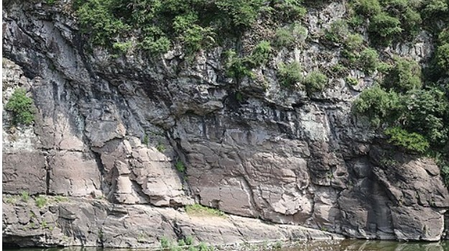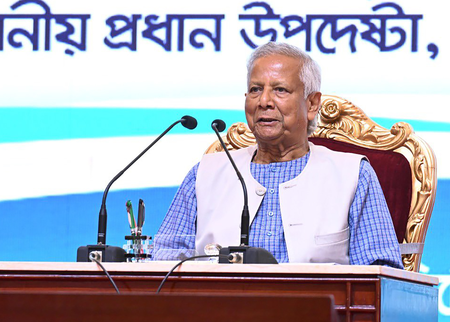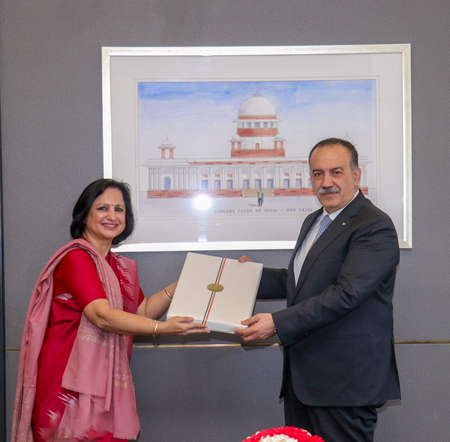
Seoul, July 12 (IANS) A set of prehistoric rock carvings in southeastern South Korea has been added to UNESCO’s World Heritage list, the country’s cultural agency announced on Saturday.
The decision was made during the 47th session of the UNESCO World Heritage Committee held in Paris, where the “Petroglyphs along the Bangucheon Stream” were formally recognised for their outstanding cultural value.
Carved into vertical cliff faces along the Bangucheon Stream, a tributary of the Taehwa River in Ulsan, some 360 kilometres southeast of Seoul, the petroglyphs depict hunting scenes and animals believed to date back to the prehistoric era.
The inscription had been widely expected after the International Council on Monuments and Sites (ICOMOS), an advisory body to UNESCO, recommended the listing in May. A recommendation from ICOMOS is generally seen as preliminary approval for World Heritage status.
Based on the ICOMOS review, the committee said the petroglyphs offer outstanding testimony to a tradition of rock art that spanned some 6,000 years.
It noted that the realistic depictions and distinctive compositions, based on keen observation, highlight the artistic skills of the people who once lived on the Korean Peninsula. The carvings are “masterpieces created through the creativity of prehistoric people,” the committee added.
With the latest addition, South Korea now has 17 entries on the UNESCO World Heritage list.
The newly inscribed property comprises two major panels: the Bangudae petroglyphs in Daegok-ri and the Cheonjeon-ri petroglyphs, both considered rare and significant examples of early human artistic expression in East Asia.
The Daegok-ri panel, often referred to as the “Bangudae petroglyphs,” is the largest rock art site on the Korean Peninsula, stretching over 30 meters. The carvings are mainly concentrated on a rock face about 4.5 meters high and eight meters wide, including images of sea and land animals, and hunting scenes.
First discovered in 1971 and designated as South Korea’s National Treasure No. 285, the panel is known for featuring the world’s oldest known depiction of whale hunting.
A 2023 report by the Ulsan metropolitan city said 312 individual engravings were identified on the panel using three-dimensional scanning.
The Cheonjeon-ri petroglyphs are located about 2 kilometres from the Daegok-ri site. It was discovered in 1970, one year ahead of the Daegok-ri site, containing over 620 figures, symbols and drawings engraved along a rock surface — about 2.7 meters high and 10 meters wide. It is now the country’s National Treasure No. 147, reported Yonhap news agency.
The petroglyphs, however, have faced preservation challenges because they are frequently submerged due to fluctuating water levels at the nearby Sayeon Dam. The dam was constructed in 1965, before the petroglyphs were discovered.
Over the past decade, the carvings have been underwater for an average of 42 days per year.
Government officials and experts have been discussing preservation measures, including adjusting the dam’s water levels and building temporary embankments.
Authorities are currently planning to install floodgates at the Sayeon Dam spillway to better control water levels and protect the site. Frequent submergence was a key reason it took 15 years for the petroglyphs to gain World Heritage status after being placed on UNESCO’s tentative list in 2010.
In its decision, the World Heritage Committee recommended that the South Korean government inform the World Heritage Centre of the progress of the dam-related construction work.
–IANS
int/bpd/sd




